Geo. Wilkins Kendall
1809 – 1867
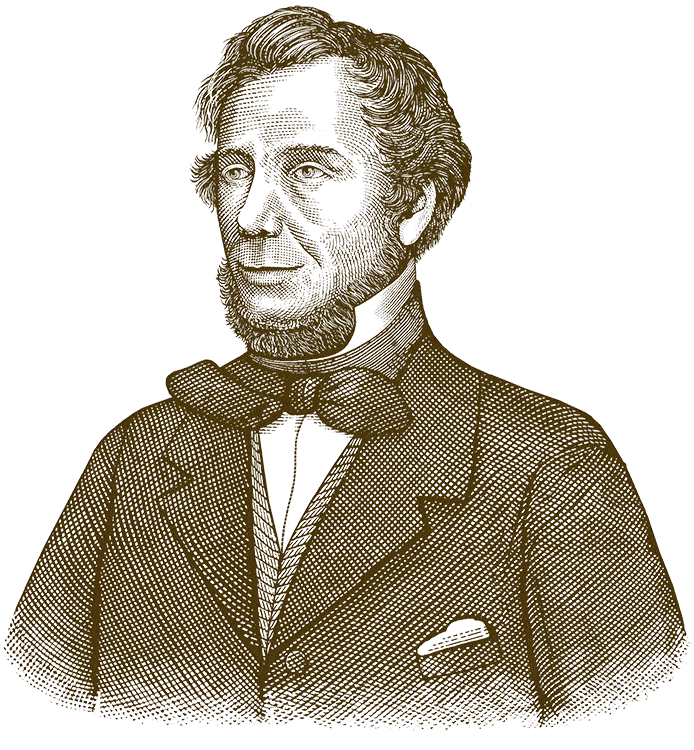
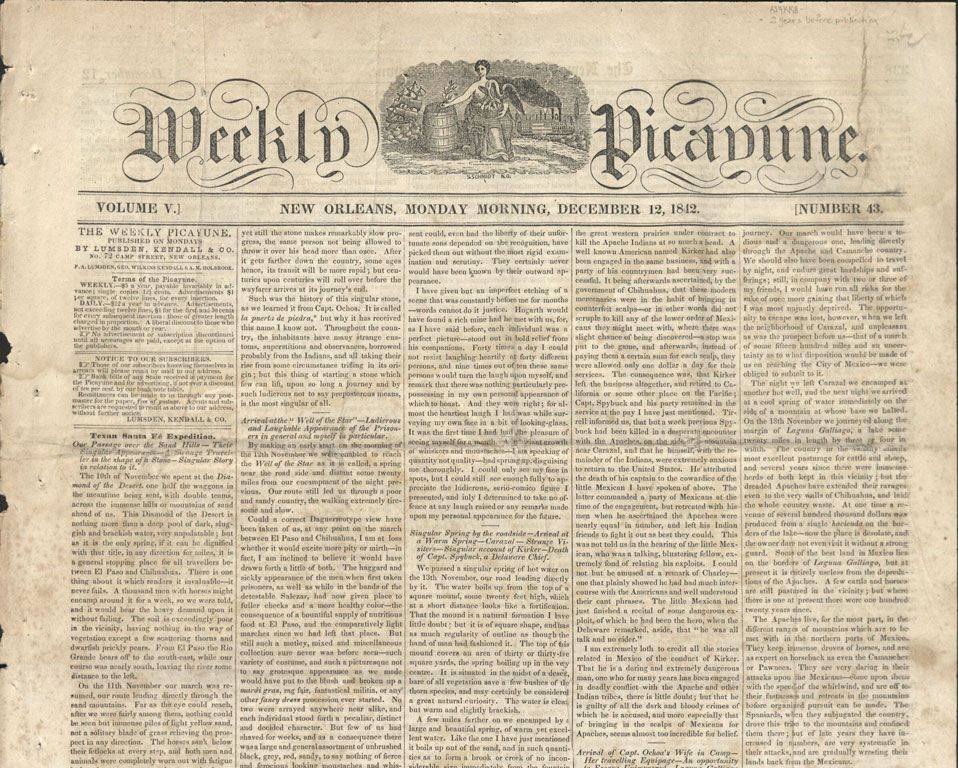
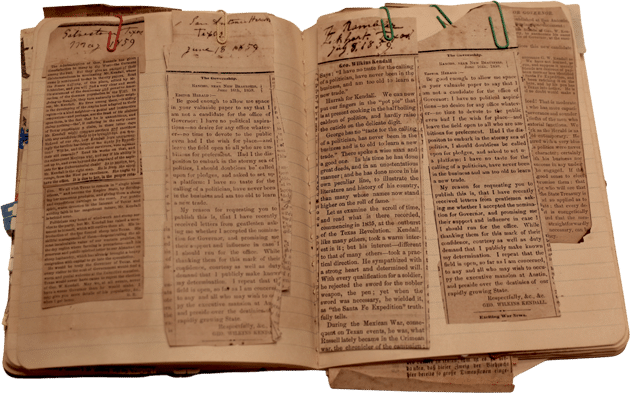
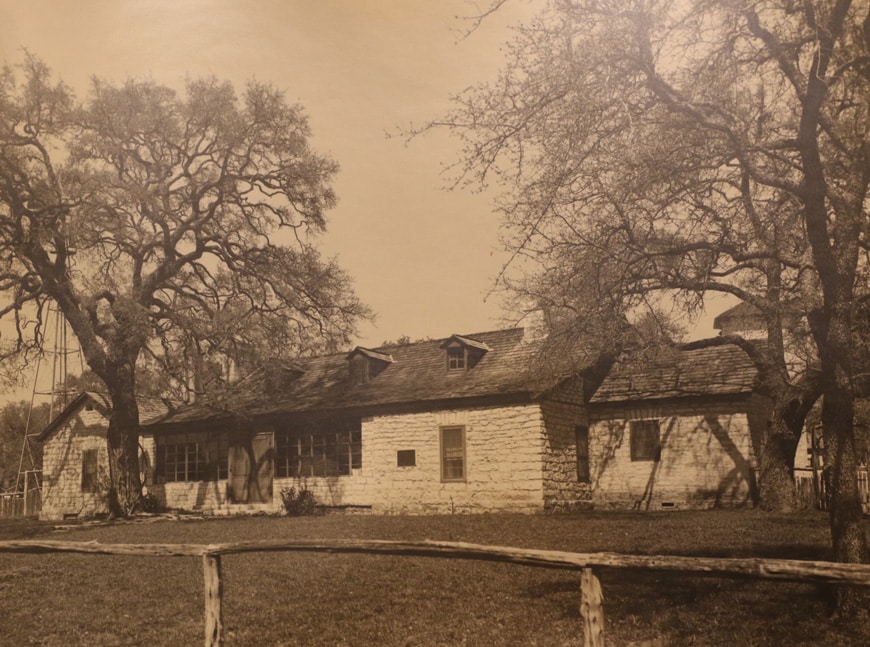
George W. Kendall and his artistic wife, Adeline de Valcourt, first began their courtship in the romantic city of Paris. Despite facing the challenges of distance and societal expectations, their love endured, growing stronger with each passing obstacle. Eventually, the couple tied the knot in a fairy-tale ceremony, surrounded by the breathtaking landscapes of Provence.
Following their nuptials, George and Adeline sailed back to America to raise a family. Together on their ranch in the Texas Hill Country, they battled blizzards, disease, and grass fires, all the while building their family and ranching empire.
Kendall and Adeline had four children: Georgina, George William, Caroline Louise, and Henry Fletcher. Following Kendall’s passing, their oldest, Georgina, assumed the responsibility of safeguarding her father’s records. She endeavored to publish Kendall’s manuscript, “The War Between the United States and Mexico.” In addition to George’s, Georgina meticulously preserved the records of her other family members, providing comprehensive documentation of their lives on the ranch in Boerne.

Kendall County will continue to serve as a reminder of the rich tapestry of Texas history and Kendall’s pivotal roles in shaping its trajectory. His name, etched into the county’s identity, continues to resonate as a testament to his enduring legacy as a journalist, rancher, and innovator in the livestock industry, contributing significantly to the growth and progress of the Lone Star State.
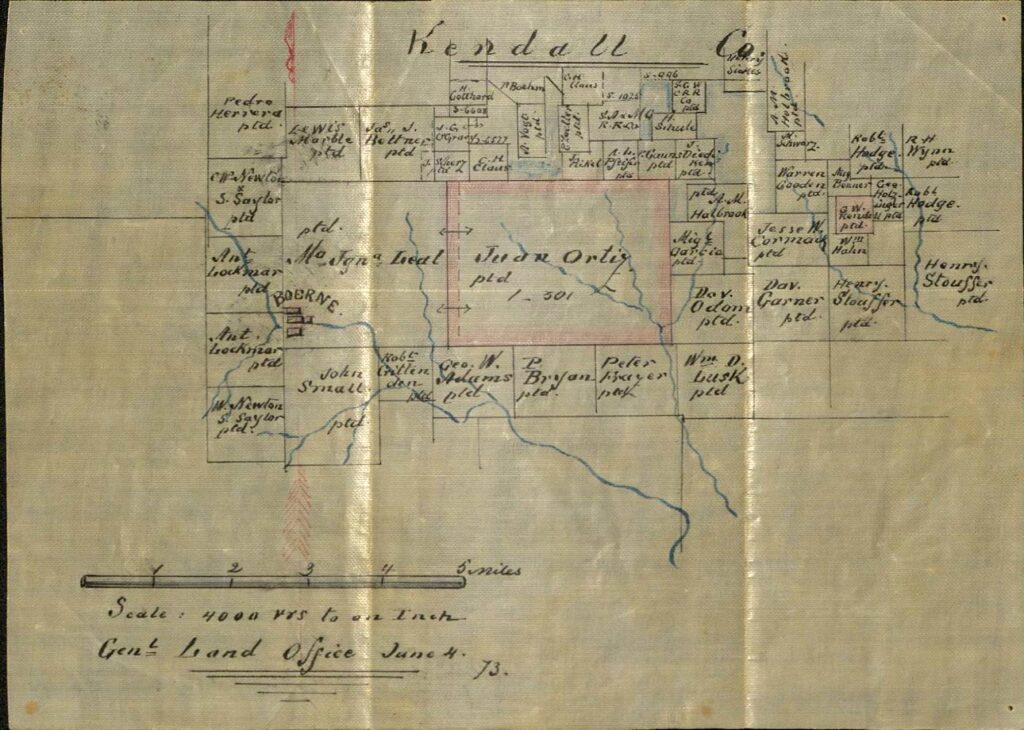

Mon – Sat 10:00 am to 6:00 pm
Sunday 12:00 pm to 6:00 pm
George’s Ranch is Another Artful Community by The Lookout Group. – An Award-Winning Texas Developer. Be sure you visit our sister community, Esperanza, just down the road. Esperanza is the recipient of “Best Overall Community” by the Texas Association of Builders (2021 & 2023).